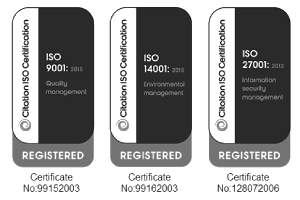It's now or never for parks and leisure
When the going got tough during the pandemic, local parks and greenspace were seen as the jewel in the crown of local services and access to sports and leisure facilities were often things that many of us missed the most when restrictions were in place. It doesn’t seem so long ago that there was a huge focus on these services that contribute so importantly to the quality of everyday life for local people.
Twelve months ago, many of us in local government began to believe the rhetoric of the end of a decade of austerity and that better times lay ahead. Perhaps it was now time to think that there could be a light at the end of the tunnel for some of the discretionary preventative services – which had faced the worst cuts – and that there could be some much-needed investment to aid local communities with covid recovery. That was, of course, prior to a cost-of-living crisis that has hit hard. The events of the last couple of months have, regrettably, once again seen a negative spin against the strong case that public services contribute positively to economic growth.
As we move towards the fiscal statement on 17 November, it’s time to make a strong case for the return-on-investment parks and leisure services bring to society. Not only do they attract inward investment to help support vibrant economies and sustainable communities but also the contribution they make to physical and mental health, social cohesion, tackling inequality, as well as combatting loneliness and isolation amongst the elderly.
For many leisure facilities in particular, it really is now or never. With income levels not fully recovered from the pandemic and reserves gone, the huge increases in energy costs really look like the straw that could break the camel’s back, unless Government produce some significant specific support above just a short-term price cap. There are already closures of facilities taking place, others are shortening opening hours and access to specific activities, figures suggest that this type of approach could reach 40% of council areas by the end of the financial year.
In relation to parks, many are falling in to disrepair. Even those that have been the beneficiaries of capital investment in the recent past are struggling to find the revenue for maintenance budgets.
In the attempt to make a transition to a new greener growing economy, these services will be fairly fundamental and should be at the heart of how we redesign place. Allowing them to fall into disrepair or close is hardly a good starting point for that journey.

.png)



.png)